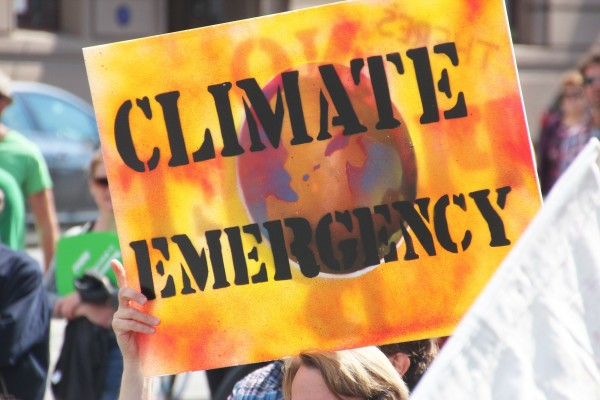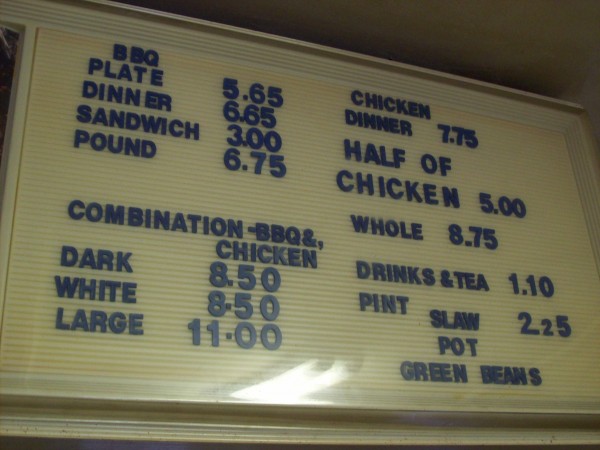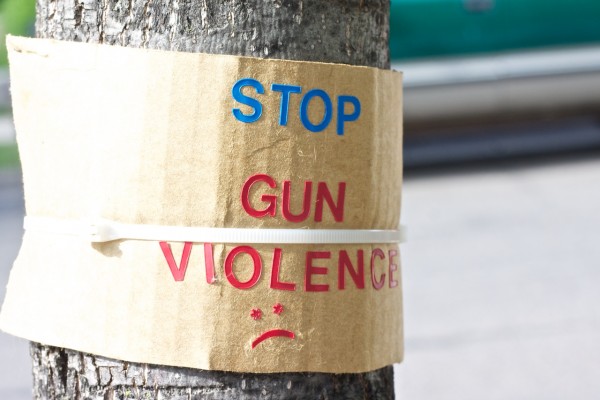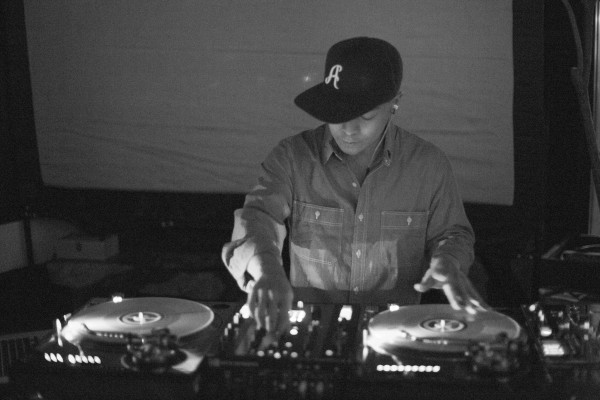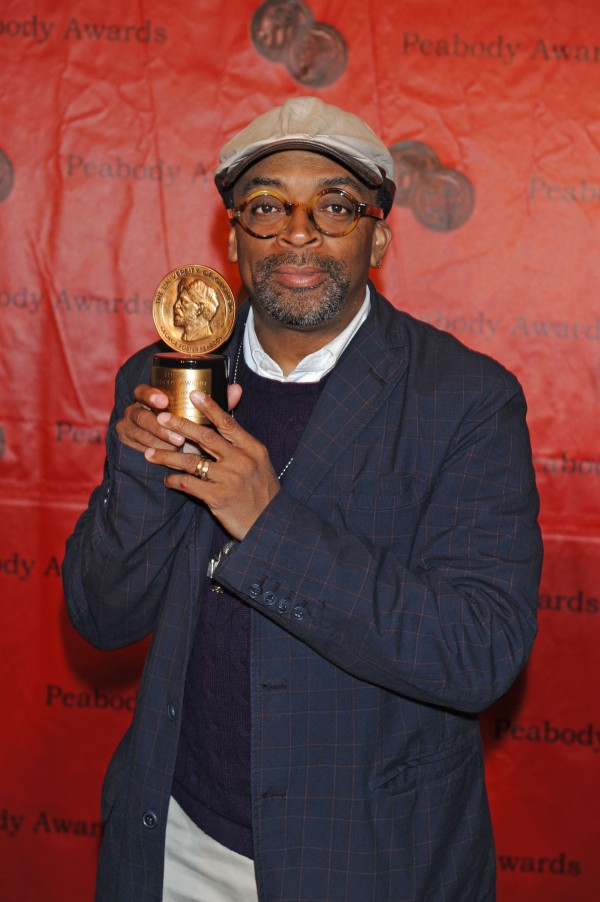
In an essay for the New York Times, University of Mississippi – Oxford M.F.A candidate Jason Harrington aims to dispel the myth that inner-city gangs in Chicago are rigidly structured organizations with clear, color-coded boundaries that separate one from another. According to Harrington this conception perpetuated in Spike Lee’s new satirical film “Chi-Raq” through the presentation of two opposing gangs engaged in a constant war, the “Trojans” and the “Spartans.” This emphasis on clear-cut gang warfare is outdated, according to Harrington and the residents he’s interviewed from Chicago neighborhoods Englewood and Auburn-Gresham, where the movie is set.
Most shootings in black Chicago neighborhoods are no longer a result of epic clashes between street battalions. Back in the 1980s and 1990s, big gangs like the Black P. Stone Nation and the Gangster Disciples were structured like corporations — tightly run narcotics operations with chains of command. If, for example, an order came down that anyone wearing a rival gang’s colors was to be shot on sight, then that command was dutifully followed by soldiers on the corner. But by the close of the 1990s, with the end of the crack explosion and the federal prosecution of many of the gangs’ founders, the groups splintered into small sets that now only loosely identify with their founding “nations.”
Today, most gun violence in Chicago does not occur due to what set someone claims, but over small, interpersonal feuds usually involving money, women or disrespect. However, the “gang-member” label of past decades persists. Harrington interviews Andrew Papachristos, a Chicago native and associate professor of sociology at Yale, about the implicit meaning of “gang-member.”
“People see ‘gang member,’ and the words ‘psycho killer’ instantly pop in their head. But that isn’t the case,” Andrew Papachristos, a Chicago native and an associate professor of sociology at Yale, says. A majority of residents who claim sets in Chicago are more like Trey, my close friend of 17 years and a member of the 81st Street Black P. Stones in Auburn Gresham. Trey has no violent criminal record and works full time as a security guard. In areas like Gresham, a lot of young men don’t have the luxury of opting out of affiliation with the local set; banding together in brotherhoods can be a survival strategy in neighborhoods where personal reputation is capital and walking the streets alone makes it more likely that you’ll be seen as weak.
Read the essay here.

